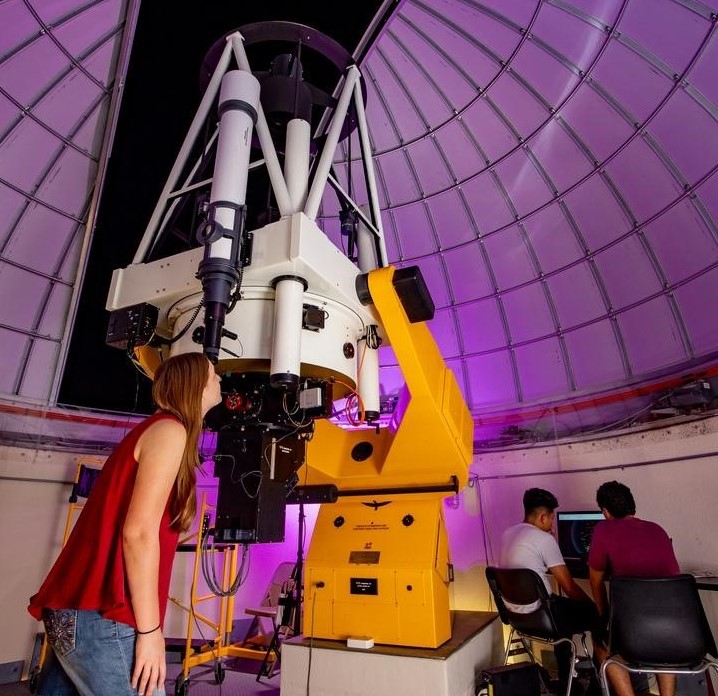Document Type
Conference Proceeding
Publication Title
EPJ Web of Conferences
Abstract
The first discoveries of exoplanets around Sun-like stars have fueled efforts to find ever smaller worlds evocative of Earth and other terrestrial planets in the Solar System. While gas-giant planets appear to form preferentially around metal-rich stars, small planets (with radii less than four Earth radii) can form under a wide range of metallicities. This implies that small, including Earth-size, planets may have readily formed at earlier epochs in the Universe's history when metals were far less abundant. We report Kepler spacecraft observations of KOI-3158, a metal-poor Sun-like star from the old population of the Galactic thick disk, which hosts five planets with sizes between Mercury and Venus. We used asteroseismology to directly measure a precise age of 11.2 ± 1.0 Gyr for the host star, indicating that KOI-3158 formed when the Universe was less than 20 % of its current age and making it the oldest known system of terrestrial-size planets. We thus show that Earth-size planets have formed throughout most of the Universe's 13.8-billion-year history, providing scope for the existence of ancient life in the Galaxy.
DOI
10.1051/epjconf/201510102004
Publication Date
2015
Recommended Citation
Campante, Tiago L. and Ragozzine, Darin A., "KOI-3158: The Oldest Known System Of Terrestrial-Size Planets" (2015). Aerospace, Physics, and Space Science Faculty Publications. 491.
https://repository.fit.edu/apss_faculty/491


